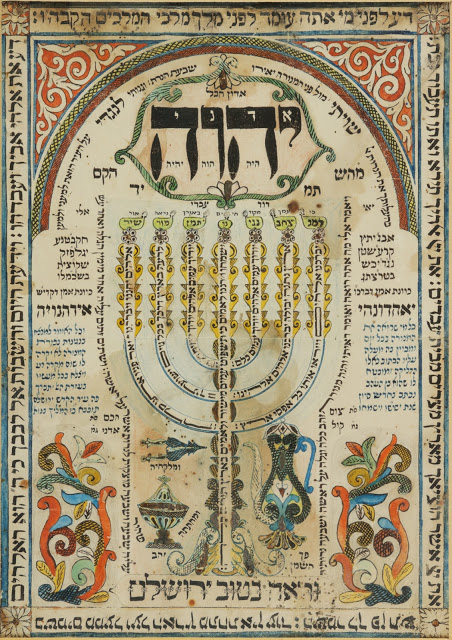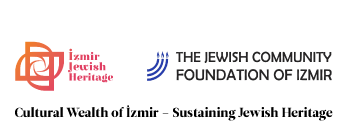Shiviti Manuscripts
Shiviti manuscripts, found in Hebrew prayer books, ritual textiles, and on the walls of synagogues and Jewish homes, have been produced since the early-modern period.
Wrestling with ways to externalize the presence of God, these documents center upon the graphic representation of God’s ineffable four-letter Hebrew name, the Tetragrammaton. The four letters, yud-he-vav-he, serve as a source of inspiration in prayer and daily life. They are often associated with words and imageries that evoke mystical powers, protective energy, and angels, as well as with key places and characters from the Bible and Jewish history.
Deciphering the content of a shiviti, or simply classifying it within the realm of cultural production, is a fascinating puzzle for today’s scholars. Research on these documents encompasses the analysis of biblical and prayer texts, magical formulae, visual motifs, and material culture across the world. The very presence, and use, of the shiviti in such varied contexts as individual and communal prayer, the celebration of life cycle events, and the production of (and demand for) amulets for personal and household protection, opens new paths for understanding the role of text in Jewish life.
The persistence of these documents into the present, including the Internet, attests to the ongoing beliefs in the power and efficacy of meditation that accompany the more normative aspects of Judaism as we know them.


